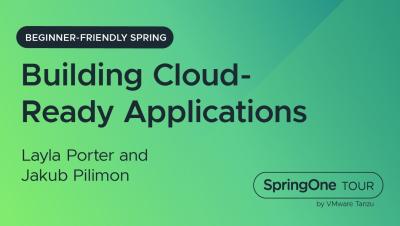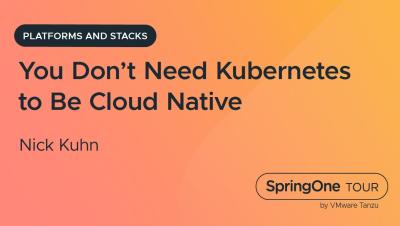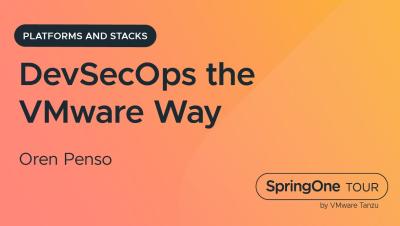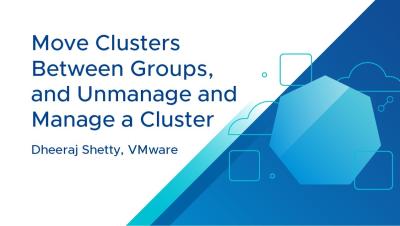Enlightning - Be a Security Hero with Kubescape as Your Sidekick
Security is something we all need, and something we would all love to forget about. 🙂 Kubescape is a CNCF project that helps to secure your clusters easily and quickly. It helps you validate the configuration of your control plane, workloads, and RBAC; and it finds vulnerabilities, cutting the noise very effectively. In general, Kubescape assists with hardening configurations like network policies and seccomp profiles.











